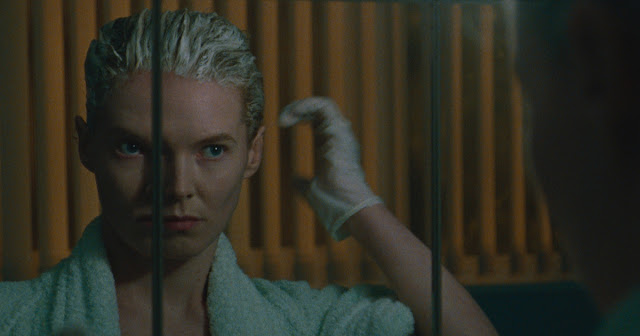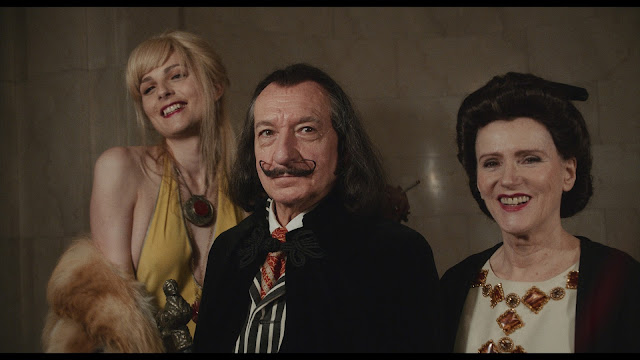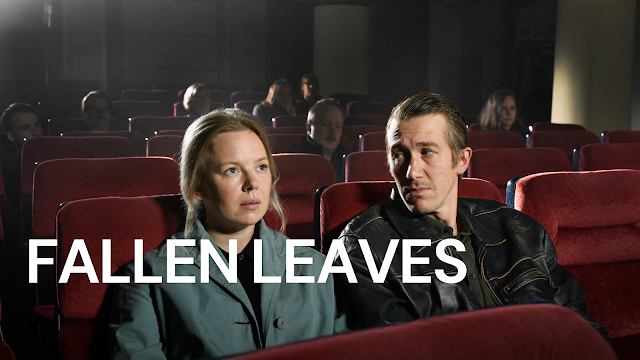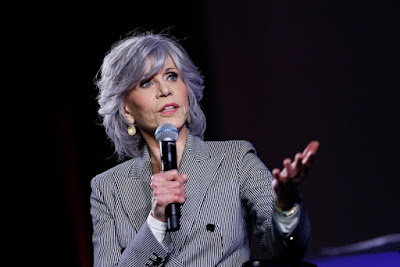Diana Nyad's Big Swim

By Moira Jean Sullivan Nyad is now out on Netflix starring Jodie Foster and Annette Bening about Diana Nyad, a courageous 60+ woman who would not give up her dream of swimming 110 miles from Cuba to Miami. The film tackles the universal question of how great athletes co-exist with their environment. The answer is that nothing exists in a vacuum even a famous solo swimmer in a volatile ocean. A dynamic skilled team is assembled to work with Nyad including her personal assistant Bonnie (Jodie Foster), young deep sea swimmers who put up shark screens, a marine biologist who's well versed in the dangers of jellyfish, John Bartlett - her navigator, and others in a team of about 40 people who accompany Nyad on this Olympian swim to Miami. It's not a straight trajectory with several setbacks before she finally succeeds. It's a plus that the film is set up like that but one can't help being a bit irritated with Nyad’s egotistical personality though there are compelling







